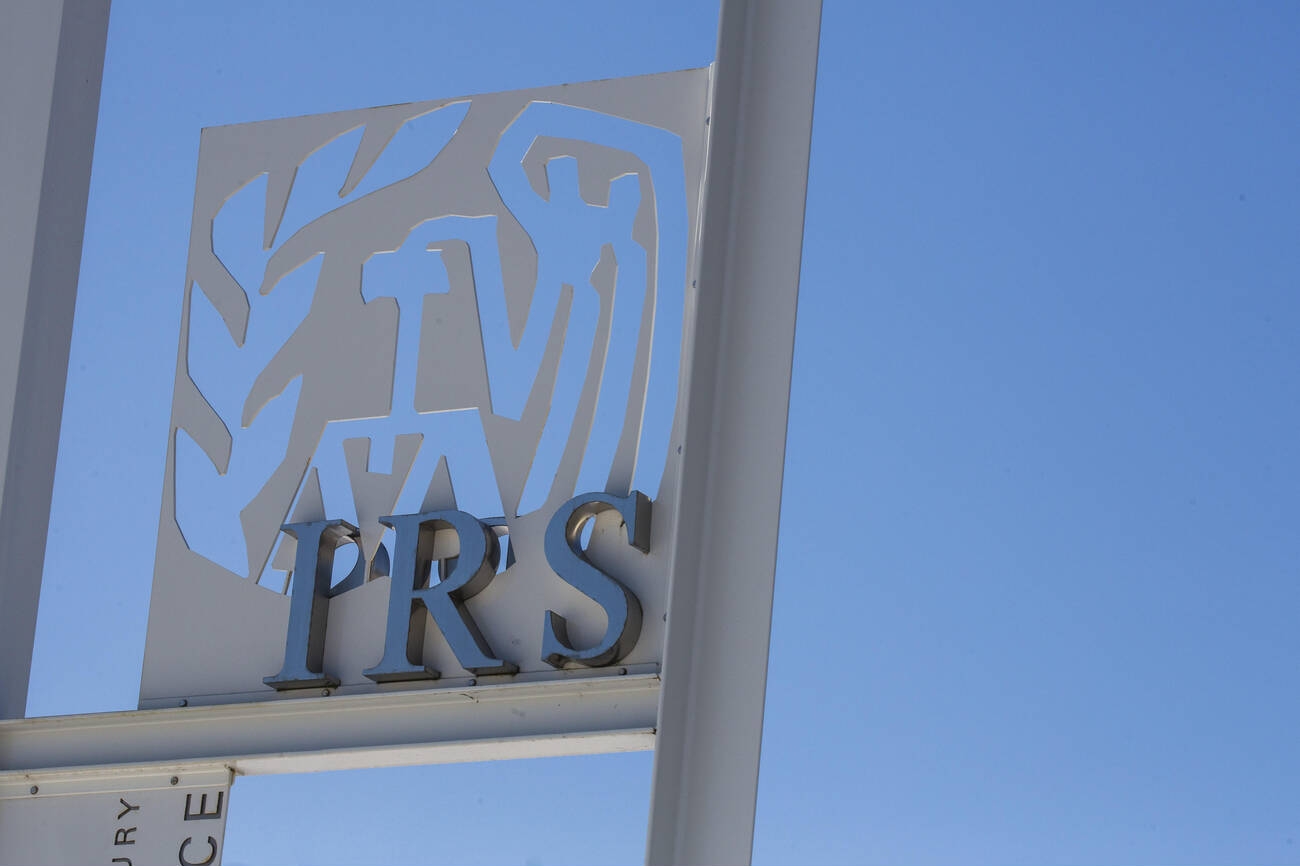Are New Hampshire's nonprofit hospitals truly charitable enterprises or lucrative businesses?
An analysis of charity care at the state's 24 nonprofit hospitals, conducted in cooperation with the New Hampshire Hospital Association, shows that hospitals here are more charitable than the national average and less profitable, although there are wide variations from one New Hampshire hospital to another.
The question looms large as the state Legislature considers a bill that would extend a tax on payroll and interest payments, known as the Business Enterprise Tax, to hospitals and other big nonprofits, including private colleges.
“They are among the largest accumulators of wealth in our society today,” the bill's sponsor, Rep. David Hess, R-Hooksett, said in testimony before the House Ways and Means Committee last week. “Some of the biggest and most plush buildings around the state are being built by nonprofits. CEO income at hospitals is among the highest compensation of any business in the state,” he said.
The Hess legislation, HB 1509, is certainly not unique. He and co-sponsor Rep. Kenneth Weyler, R-Kingston, are part of a national movement as cash-strapped municipal and state governments eye hospitals and large private colleges as a source of untapped revenue.
The city of Pittsburgh last year filed suit challenging the University of Pittsburgh Medical Center's tax-exempt status. In North Carolina, lawmakers are considering legislation to require nonprofit hospitals to pay sales taxes. In Illinois, the state Supreme Court revoked the nonprofit status of Provena Covenant Medical Center, a Catholic hospital in Urbana.
The notion that nonprofit hospitals don't look or act like charitable organizations got a boost in April, when the New England Journal of Medicine released a study of 1,800 tax-exempt hospitals, about two-thirds of all such hospitals in the country.
The article, titled “Provision of Community Benefits by Tax-Exempt U.S. Hospitals,” used IRS data to determine that the hospitals spent an average of 7.5 percent of their operating costs on charity care and community benefits, with some spending as little as 1 percent and others as much as 20 percent.
In New Hampshire, the average for all 24 nonprofit hospitals based on 2012 financial reports was 10.58 percent, according to data provided by the hospital association.
“The numbers show that hospitals in New Hampshire invest significantly in the health of their communities, helping those who don't have coverage or access to care get the care they need,” said Steve Ahnen, president of the New Hampshire Hospital Association.
There are significant differences among hospitals. Catholic Medical Center in Manchester reported the largest commitment to charity care in fiscal year 2012, based on IRS guidelines, at nearly 19 percent of total expense. At the other end of the spectrum, St. Joseph Hospital in Nashua reported the lowest, at 3.7 percent.
Both are close to the national average for operating margin (or profit) at nonprofit hospitals of 2.5 percent, with CMC reporting a margin of 2.8 percent and St. Joseph reporting 2.3 percent. Nonprofits still need to operate in the black; they reinvest profit in the enterprise rather than pay it out to shareholders.
In 2012, only six New Hampshire hospitals fell below the national average for spending on charity care. Only five did better than the national average for operating margin. Six New Hampshire hospitals lost money in 2012.
The most profitable hospitals in the state were, of course, the two for-profit hospitals — Parkland Medical Center in Derry (11.3 percent) and Portsmouth Regional Hospital (8.9 percent), which benefit from being part of a large organization with shared overhead and are not required to report charity care to the IRS.
Among the nonprofits, Speare Memorial Hospital in Plymouth had the highest operating margin in the state, at 4.8 percent, while dedicating a little more than 6 percent of its revenue to charity care, as defined by the IRS.
Catholic Medical Center's level of charity care is due in part to programs such as the Poisson Dental Clinic, which provides oral health care to low-income children and adults on the hospital grounds.
The hospital also supports a health care for the homeless project, which operates clinics at Manchester's two homeless shelters — New Horizons and Families in Transition.
Alex Walker, senior vice president for strategic development at CMC, said the hospital invests in outreach to the homeless rather than waiting for them to show up at the emergency room.
“We have physicians, nurse practitioners, psychiatric nurse practitioners and substance abuse counselors operating what is essentially a primary care practice for the homeless,” he said. “Our providers go out into the community to make sure we are serving a segment of the population that really does live out there along the banks of the Merrimack.”
That kind of effort can really boost the charity care number filed with the IRS, but the IRS has a narrower view of charity care than the hospitals.
Melissa Sears, public information officer at St. Joseph Hospital, said IRS reporting requirements and demographics should be taken into consideration in any meaningful assessment of community benefit.
In annual reports that have been required since 2009, the IRS allows hospitals to count charity care at cost, Medicaid shortfalls and community health services. Hospitals are not allowed to include bad debt write-offs or Medicare shortfalls in the report.
A shortfall occurs when a hospital gets paid less for services than the hospital's cost of providing the service.
“At St. Joseph Hospital, we care for all those in need regardless of their ability to pay,” said Sears. She said the percentage of Medicaid patients served at the Nashua hospital is lower than at most other hospitals in the state, while the percentage of Medicare patients is somewhat higher.
Medicare provides government-funded health care for the elderly, while Medicaid serves the poor.
With a smaller number of poor people and a larger number of old people, St. Joseph is at a disadvantage in the IRS calculations.
“Overall, if uncompensated costs of Medicare and bad debt are included, our actual charity care was approximately 25 percent of total expense,” she said.
When bad debt and Medicare shortfalls are added to the equation, the numbers increase for all the hospitals. “When we think about the total community commitment that hospitals make, we think about that broader bucket that includes bad debt and Medicare shortfall,” said Ahnen.
Using the “broader bucket” for CMC would bring its number for charity care up to 31.5 percent.
Ahnen, Walker and others in the health care industry argue that the Hess legislation is ill-advised for two reasons. They say the numbers demonstrate that the hospitals collectively are providing a level of charitable care that justifies their nonprofit status, and they are already being taxed through the Medicaid Enhancement Tax (MET).
From 1991 to 2010, the tax was levied on hospitals as a way of attracting additional money from the Medicaid program and was fully rebated to the hospitals. The state came to rely on “Mediscam,” as it was called, to balance the budget. When the federal government changed the rules to restrict such practices in 2011, the state simply began to keep most of the money from the tax, with limited rebates to the hospitals.
The result has been a net tax on the hospitals that has become the fifth-largest revenue source for the state, raising $181 million in fiscal year 2014 and pushing many of the hospitals into the red.
Even Hess concedes that the MET now generates seven times more than what would be generated if the BET was applied to hospitals, as he suggests. But the MET in its current form is facing several court challenges, and its future is uncertain.
At this point, Hess said, he is only trying to “start a conversation” about the growing role of nonprofits in the state's economy and the corresponding need to reconsider tax policy.
“I didn't see a lot of heads nodding vertically when I was testifying,” he said. “When you bring in a bill that has such a significant change in the status quo, you'd be extremely optimistic to think it would fly through both houses of the Legislature and be signed into law the first time around.”
—————-
Copyright 2014 – The New Hampshire Union Leader, Manchester
Thanks for reading CPA Practice Advisor!
Subscribe Already registered? Log In
Need more information? Read the FAQs



